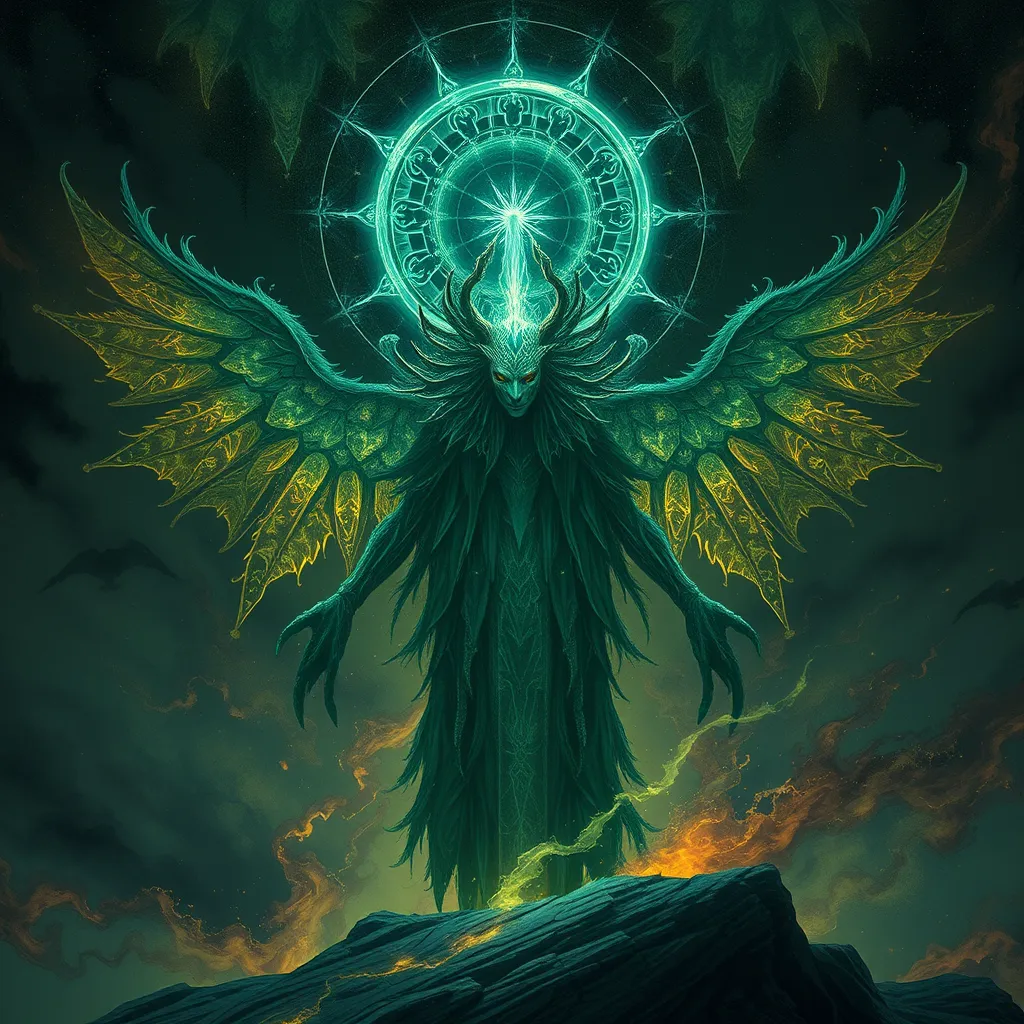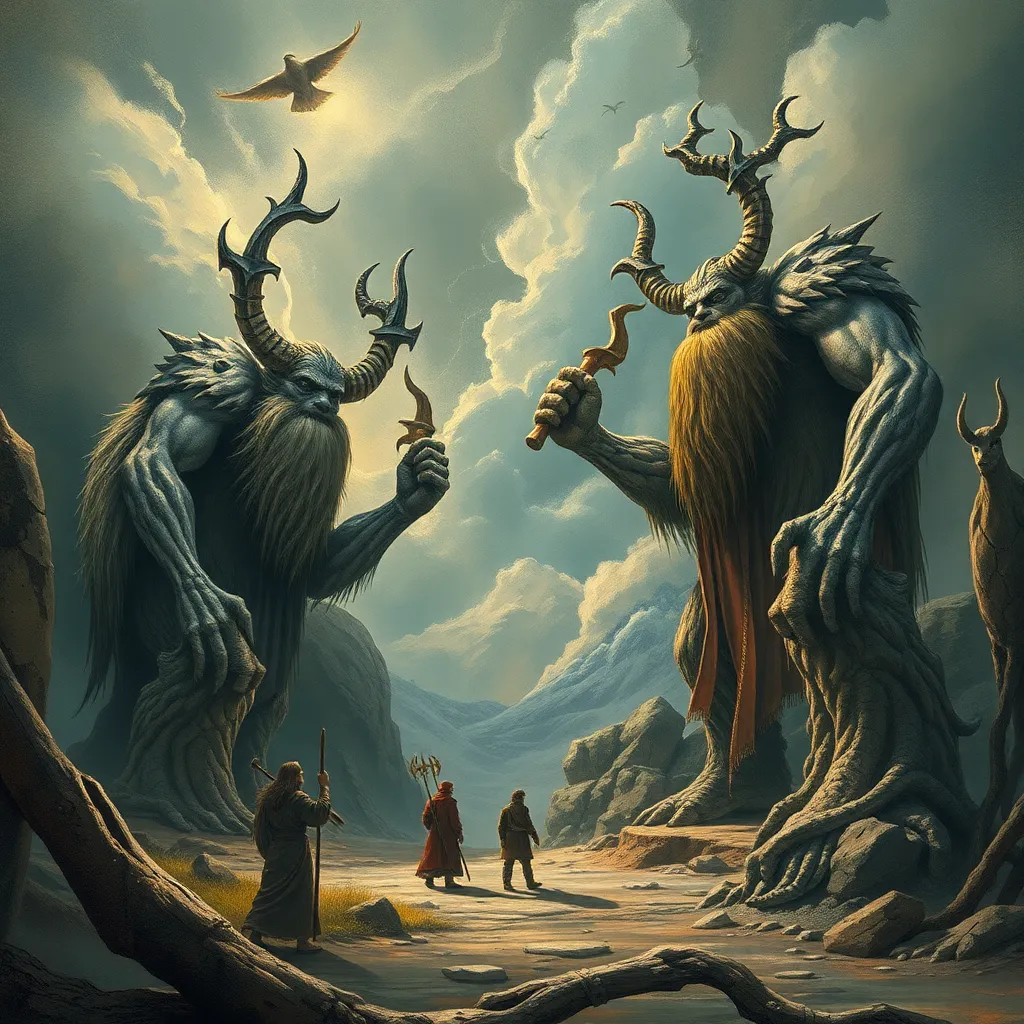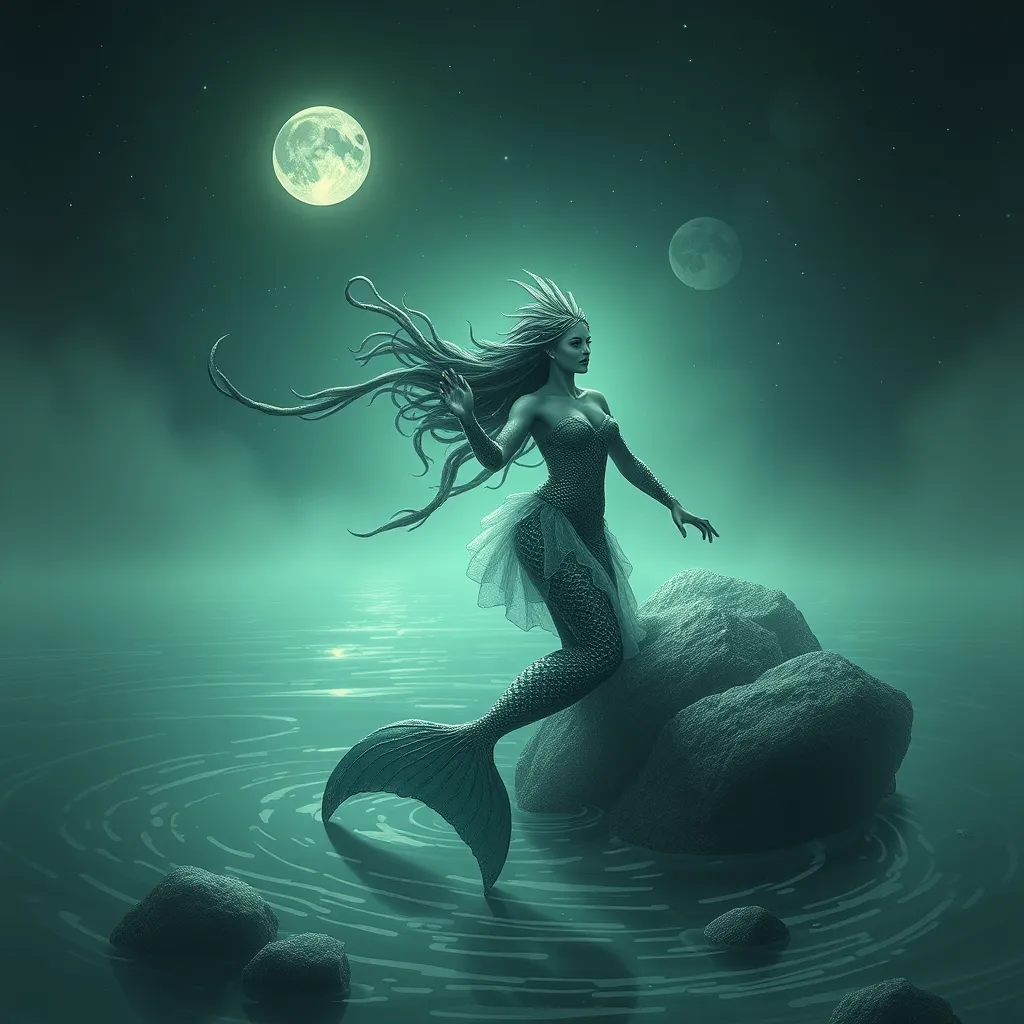The Banshee’s Social Impact: The Role of Myth in Shaping Culture and Identity
I. Introduction
The Banshee, a figure from Irish folklore, is a supernatural being often associated with death and mourning. Known for her mournful wail, the Banshee is said to foretell the demise of a family member. This legend has persisted through centuries, reflecting the deep-seated connection between myth and cultural identity.
Myths like the Banshee play a crucial role in shaping cultural identities, providing communities with narratives that explain their values, fears, and social norms. This article explores the Banshee’s historical origins, her symbolic significance in grief, gender roles, and her presence in contemporary culture, as well as her impact on national identity and collective consciousness.
II. Historical Origins of the Banshee Myth
The Banshee’s origins can be traced back to early Irish literature and folklore. The term “Banshee” derives from the Gaelic “bean sídhe,” meaning “woman of the fairy mound,” suggesting her connection to the Otherworldly realm of the sídhe.
Over time, the narrative surrounding the Banshee evolved. Initially, she was seen as a benign spirit, a guardian of the family. However, as societal norms changed, her depiction shifted towards a more ominous figure associated with death and sorrow.
Geographically, variations of the Banshee myth exist. In some regions, she is known as the “keening woman,” while in others, she may take on different names and characteristics, yet her essence as a harbinger of death remains consistent.
III. The Banshee as a Symbol of Grief and Mourning
In Irish culture, the Banshee represents the profound themes of death and loss. Her wail is not merely a warning but a reflection of the community’s grief. Traditionally, the Banshee’s presence during times of mourning helped to validate the communal experience of loss.
The Banshee’s role extends into communal mourning practices, where her legend intertwines with cultural rituals. For instance, traditional keening practices involved women mourning the deceased, echoing the Banshee’s lament.
Psychologically, the Banshee myth serves as a coping mechanism for communities confronted with mortality. By personifying grief, the Banshee provides a narrative framework through which individuals can process their emotions and connect with others who share similar experiences.
IV. Gender and the Banshee: A Feminine Archetype
The Banshee embodies complex gender roles within her narratives. Traditionally depicted as a woman, she represents both empowerment and vulnerability. This duality allows for a nuanced exploration of femininity in Irish folklore.
- Empowerment: The Banshee is a powerful figure, capable of foretelling death, thus placing her in a position of influence within the community.
- Vulnerability: Despite her power, the Banshee is often portrayed as a tragic figure, mourning the loss of loved ones, which resonates with the themes of sorrow and empathy.
The impact of the Banshee on women’s identity in Irish society is significant. She represents the complexities of female experience, navigating societal expectations and personal loss, while also becoming a symbol of resilience.
V. The Banshee in Contemporary Culture
In contemporary culture, the Banshee continues to be a powerful symbol, represented in various forms of literature, film, and art. Modern adaptations often reinterpret her character, reflecting current societal themes and concerns.
The resurgence of interest in folklore and mythology has led to a renaissance of stories featuring the Banshee. Authors and filmmakers draw upon her rich narrative to explore themes of grief, identity, and the supernatural.
- Literature: The Banshee appears in novels and poems, often symbolizing deeper emotional truths.
- Film: Movies incorporate the Banshee myth to explore horror and tragedy, emphasizing her role as a harbinger of doom.
- Art: Artists depict the Banshee in diverse ways, from haunting portraits to abstract representations, capturing her essence as a cultural icon.
VI. The Banshee and National Identity
The Banshee plays a notable role in Irish nationalism, serving as a symbol of cultural heritage and identity. During periods of political struggle, myths like the Banshee become tools for cultural preservation, reinforcing a shared history and collective memory.
In the context of the Irish diaspora, the Banshee’s influence extends beyond geographic boundaries. For many in the diaspora, she represents a connection to their ancestral roots, embodying the complexities of identity in a foreign land.
VII. The Psychological and Sociological Implications of the Banshee Myth
Myths like the Banshee significantly impact collective consciousness, shaping societal norms and values. They serve as frameworks through which communities understand existential fears, particularly those surrounding death and loss.
Additionally, the Banshee myth provides a means of coping with the inevitability of mortality. By personifying grief and loss, she allows individuals and communities to engage with these themes in a more tangible and relatable manner.
VIII. Conclusion
In conclusion, the Banshee holds profound cultural significance within Irish folklore and beyond. As a symbol of grief, femininity, and national identity, her narrative reflects the complexities of human experience and the enduring power of myth in shaping cultural identity.
The legacy of the Banshee continues to resonate in modern society, reminding us of the importance of storytelling in understanding our past and navigating our present. Myths like the Banshee are not merely relics of history; they are living narratives that continue to influence and inspire.



